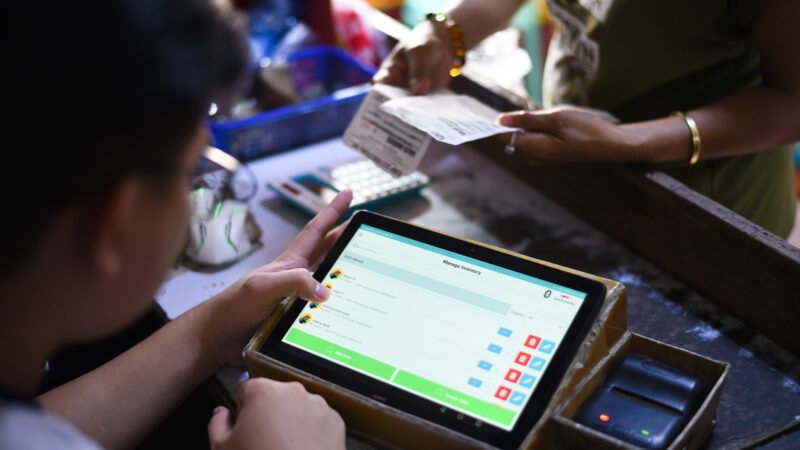Ransomware Attacks Escalate in Southeast Asia: Kaspersky Reports Over 57,000 Incidents in 2024
In an alarming cybersecurity trend, Southeast Asia (SEA) has become a prime target for ransomware attacks, with Kaspersky’s business solutions detecting a staggering 57,571 ransomware incidents from January to June 2024. Driven by the region’s expanding digital economy, central role as a finance and tech hub, and diverse levels of cybersecurity infrastructure, SEA is increasingly vulnerable to cybercriminals.
According to Adrian Hia, Managing Director for Asia Pacific at Kaspersky, cybercriminals are zeroing in on SEA’s critical infrastructure and sectors like finance, public services, manufacturing, and healthcare, seeking high-value targets for financial gain. “Essentially, they are opportunists that are after targets big on cash,” says Hia.

Southeast Asia’s Ransomware Landscape
Kaspersky’s report reveals the breakdown of ransomware incidents across SEA countries:
- Indonesia: 32,803 cases (highest in the region)
- Philippines: 15,208 cases
- Thailand: 4,841 cases
- Malaysia: 3,920 cases
- Vietnam: 692 cases
- Singapore: 107 cases
The impact on businesses has been profound. Financial losses, reputational damage, and prolonged recovery times weigh heavily on affected companies, particularly those in critical sectors.
Recent High-Profile Ransomware Incidents in SEA
Several high-profile cases underscore the ransomware crisis in SEA:
- Indonesia’s National Data Centre
- Malaysia’s public transport operator and pharmacy chain
- Philippine health insurance provider
- Singapore’s notable restaurant group
- Vietnam’s major brokerage firm and gasoline provider
These incidents highlight the pervasive and persistent nature of ransomware threats in the region.
Building a Ransomware Defense Strategy: Kaspersky’s Expert Recommendations
Kaspersky advises businesses to adopt proactive security measures to counter ransomware threats effectively. Key recommendations include:
- Keep Software Updated: Regular updates prevent attackers from exploiting known vulnerabilities.
- Install VPN Patches: Securing VPN solutions for remote access is essential.
- Regular Data Backups: Ensure quick access to backup data in emergencies.
- Avoid Unverified Software: Prevent unauthorized access through reputable sources only.
- Audit Supply Chain Security: Regularly assess and monitor external access.
- Limit Public Access: Restrict RDP and other services from public networks.
- Network Monitoring: Enhance visibility for early detection of suspicious activities.
- Set Up a Security Operations Center (SOC): Using SIEM tools like Kaspersky Unified Monitoring and Analysis Platform improves incident response.
- Use Threat Intelligence: Equip security teams with up-to-date threat intelligence to stay ahead of potential attacks.
- Employee Cybersecurity Training: Improve awareness using tools like Kaspersky’s Automated Security Awareness Platform.
- Professional Security Support: Consider Kaspersky’s Professional Services to optimize and maintain cybersecurity infrastructure.
- Managed Detection and Response (MDR): Outsource to Kaspersky MDR for comprehensive support, particularly if in-house expertise is limited.
- Small Business Solutions: Kaspersky Small Office Security offers “install and forget” protection for small enterprises.
A United Defense Against Ransomware
While Southeast Asia faces a surge in ransomware attacks, collaborative efforts are underway to bolster cybersecurity. The No More Ransom Initiative, supported by Kaspersky, is working to disrupt ransomware activities globally. Additionally, SEA governments are enacting and updating cybersecurity laws, such as the Malaysia Cybersecurity Act 2024 and the Singapore Cybersecurity Act 2018.
To combat the rise of ransomware in Southeast Asia, companies must take responsibility for implementing robust cybersecurity measures. By following Kaspersky’s recommendations, businesses can protect themselves against cybercriminals and ensure the continuity and security of their operations.



